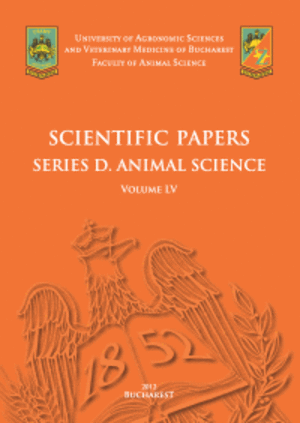Published in Scientific Papers. Series A. Agronomy, Vol. LXVIII, Issue 1
Written by Mariana NICULESCU
The surveys have been carried out in the Căpățânii Mountains, part of the Southern Carpathians, in Romania. In the last 3 decades, the issues of species diversity in shrub vegetation in relation to the evolution, stability and maturity of natural ecosystems have been a priority from an ecological, phytocoenotic and conservation point of view. These shrublands plant communities have some of the greatest plant diversity, characterized by their floristic richness, but which has recently been significantly reduced as a result of a relatively rapid evolution, being under stress from drought, fire, grazing and cutting. In the lower mountain sub-zone, some shrublands plant communities occur, such as: Spiraeo chamaedrifolii-Coryletum avellanae Ujv. 1944. Pinus mugo develops here scrubs between 1,700 and 2,100 m. We found such types of shrublands in the subalpine area, the upper limit of spruces on gentle slopes but also on steep slopes. Alongside these, other shrubby plant communities are also found, which settle on rocky substrates, at the edge of forests or meadows, all of which have an ecological, pedological and conservative role.
[Read full article] [Citation]




